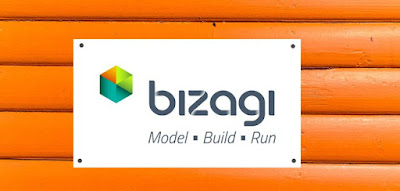What is model?
model
1. Graphical, mathematical (symbolic), physical, or verbal representation or simplified version of a concept, phenomenon, relationship, structure, system, or an aspect of the real world.
The objectives of a model include
1) to facilitate understanding by eliminating unnecessary components,
2) to aid in decision making by simulating 'what if' scenarios,
3) to explain, control, and predict events on the basis of past observations.
Since most objects and phenomenon are very complicated (have numerous parts) and much too complex (parts have dense interconnections) to be comprehended in their entirety, a model contains only those features that are of primary importance to the model maker's purpose.Models range from simple sketches to computer programs with millions of lines of code, but all of them have one thing in common: some elements of the actual 'thing' are abstracted or mapped (see mapping) into the model.
Models are divided into three classes on the basis of their degree of abstraction
1) Iconic model: least abstract, physical, 'look-alike' model, such as a model airplane or train.
2) Analogous model: more abstract but having some resemblance to what it represents, such as a chart, graph, map, network diagram.
3) Symbolic model: most-abstract model with no resemblance but only an approximation to what it represents, such as a mathematical equation or formula, financial statement, language, and set of accounts. See also mental models.
2. Original item from which a copy or duplicate is made.Read more: http://www.businessdictionary.com/definition/model.html#ixzz3G0wNZq9q




Comments
Post a Comment